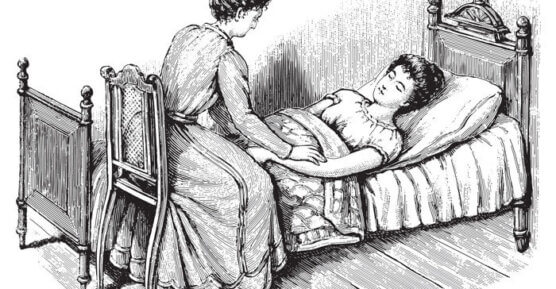An almshouse is accommodation provided for people with lower financial means, where they live as part of a community. They are run by charities and are not the same as care homes.

Page contents
Key points
- Almshouses have been around since the tenth century, but 1600 almshouse charities exist in the UK today.
- Modern almshouses are social accommodation in which residents live independently, in a bungalow or flat, as part of a community run by a charity.
- Almshouses are not care homes and people living there live independently. If your needs change, you may be able to have visiting home carers.
Do almshouses still exist?
Almshouses are commonly seen as an archaic place of care and shelter for people who were poor, elderly and infirm. They were, but they still exist today in a modern form.
History
The first known almshouse was built in York in 936 AD. Also known as bedehouses, the people who lived there were nurtured physically and spiritually through practical care as well as prayer and worship.
While it is now ruins in what is now York’s Museum Gardens, the Hospital of St Oswald, built in Worcester in around 990 AD, is still standing.
The Almshouse Association has an excellent history of almshouses.
Modern day
In the present day, almshouses have changed a lot. They are no longer hospitals, but communities designed to support independent living. They offer accommodation, including self-contained flats and bungalows, with modern technology, facilities and creature comforts.
Nick Phillips, CEO of The Almshouse Association, explains: “There are 1,600 almshouse charities in the UK today. Almshouses are built around the concept of independent living for those in need in a community of good neighbours. That model has seen them become more and more relevant over the centuries. It is evidence of their great success that we believe more almshouses are being built today than at any time since the Victorian period.”
What is the purpose of almshouses?
Each almshouse charity has its own purpose in accordance with the charity that provides it. In general, they aim to provide affordable accommodation and the benefits of a community to older or disabled people with limited financial means.
Mr Phillips says: “The strong community aspect of almshouses ensures that residents are never isolated but part of a small community and the buildings are designed to enhance that sense of connection.
“The economic case is clear: almshouses save society over £43 million a year through improved health, reduced loneliness, and lower reliance on social care and these savings grow as more projects come online.
“Iconic projects like Appleby Blue Almshouses in Bermonsey that have just won the RIBA Stirling prize prove what’s possible when heritage, innovation, and social purpose converge. This is a pivotal moment: to reimagine almshouses as cornerstones of a fairer, greener, and more resilient society, and to unlock their full potential for generations to come.
“If there was ever a time for a community model of housing to ensure eradication of loneliness, it is today.”
What’s the difference between an almshouse and a care home?
Almshouses are not the same as care homes, assisted living facilities or retirement communities.
The main differences are:
- Almshouses are run by charities, not for-profit businesses.
- They are a form of social care housing for independent living, rather than providers of care or nursing. Residents can usually arrange for home care through social services if they come to need it.
- The Local Authority doesn’t provide funding like it does for care home residents, but if you need home care then the LA can fund this.
Who qualifies to live in almshouses?
Each charity has its own criteria in who they offer accommodation to, in accordance with their purpose.
Common eligibility criteria includes:
- Age – Such as you must be aged over 55 or 60.
- Need – You might be isolated and in need of the community offered, you are homeless or your current home is not suitable.
- Finances – They may ask for evidence that you have an income and savings below a certain threshold.
- Independence – Almshouses are intended to support independent living so you may be required to be able to live independently. If you do one day need professional care, you may be able to arrange for external carers. Alternatively, you can move to new accommodation that meets your needs.
- History with the area – You might need to prove you’ve lived or worked in the same area as the charity for a period.
How much does it cost to live in an almshouse?
Almshouses are charities and staffed by volunteers and trustees.
Residents do pay a monthly fee for their accommodation. It is like rent, but not quite the same by law and is usually called a maintenance fee. You will usually also pay Council Tax.
Prices differ but you can expect to pay a few hundred pounds a month. Many residents receive Local Housing Allowance or Housing Benefit, which covers these costs.
As residents live independently as part of a community, you are not charged care fees as you might be in other accommodation for people of retirement age.
How can I apply to live in an almshouse?
Almshouse charities can be contacted directly; contact details are on their websites.
You can search for online for charities in your area, or reach out to The Almshouse Association and they can provide information about charities in your area. Their site also has a list of current vacancies.


